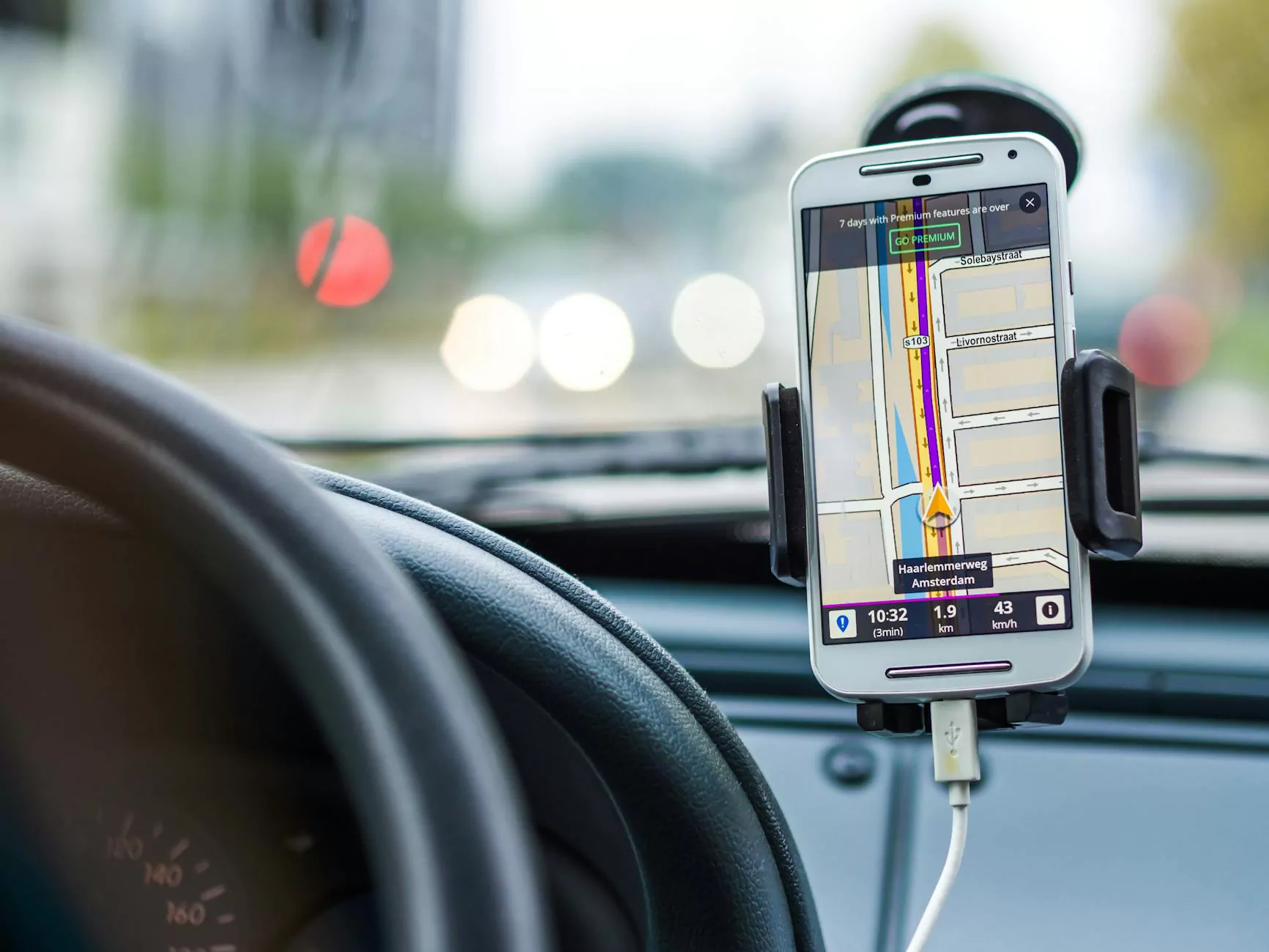How Does Bitmoji Make Money?
Development Partners
Introduction
In this article, we will dive deep into understanding how Bitmoji, a popular app and service that allows users to create personalized avatars, makes money. Bitmoji has gained immense popularity and has become an integral part of communication for millions worldwide. To uncover how Bitmoji monetizes its platform and generates revenue, we will explore its unique business model, revenue streams, and strategic partnerships.
Understanding Bitmoji's Business Model
Bitmoji operates on a freemium business model, where the core features and functionalities of the app are available for free to all users. This includes the ability to create, customize, and use Bitmoji avatars within various messaging platforms.
However, Bitmoji offers additional premium features and content through in-app purchases. These premium features allow users to access exclusive stickers, outfits, accessories, and other customization options to enhance their Bitmoji experience. Users can choose to make these purchases to personalize their avatars further and stand out from the crowd.
Revenue Streams of Bitmoji
In-App Purchases
As mentioned earlier, one of Bitmoji's primary revenue streams is through in-app purchases. By offering exclusive and premium content, Bitmoji entices users to spend money on enhancing their avatar's appearance and expanding their sticker collection. The revenue generated from these purchases contributes significantly to Bitmoji's overall earnings.
Brand Partnerships and Sponsored Content
Bitmoji has established various brand partnerships to promote sponsored content. These partnerships enable Bitmoji to collaborate with well-known brands, media companies, and other businesses to create branded stickers, outfits, and accessories. These branded elements are then made available to users within the app. Revenue is generated through these partnerships in the form of licensing fees or revenue-sharing models.
Additionally, Bitmoji also collaborates with advertisers to incorporate sponsored stickers that feature prominent brands or logos. These stickers can be used by users across different messaging platforms, allowing advertisers to reach a wider audience and build brand awareness. Advertising revenue is generated when users engage with these sponsored stickers.
Merchandise and Licensing
Bitmoji has expanded its revenue streams by venturing into merchandise and licensing agreements. Users can purchase physical merchandise, such as t-shirts, mugs, and accessories, featuring their Bitmoji avatars. These products act as an extension of the digital experience and offer users a way to showcase their Bitmoji in the real world. Bitmoji also licenses its brand and avatars to third-party companies, further diversifying its revenue streams.
Strategic Partnerships
Bitmoji has established key strategic partnerships with popular social media and messaging platforms, such as Snapchat and Facebook Messenger. These partnerships allow Bitmoji to integrate its avatar creation and sticker functionality seamlessly into these platforms, enhancing user engagement and expanding its user base.
Through these partnerships, Bitmoji benefits from increased visibility and exposure to millions of users who can effortlessly incorporate Bitmoji avatars into their digital communications. The partnerships also provide valuable data and insights that help Bitmoji improve its services and tailor its offerings to suit user preferences.
Conclusion
Bitmoji, a prominent player in the personalized avatar space, has built a robust business model through a combination of freemium offerings, in-app purchases, brand partnerships, merchandise sales, and strategic alliances with leading messaging platforms. By continually enhancing its features, collaborating with brands, and expanding its reach, Bitmoji has successfully monetized its platform while providing users with a fun and engaging experience.
Discovering how Bitmoji makes money sheds light on the innovative strategies employed by digital platforms to generate revenue in the evolving landscape of online communication and personalized experiences.










